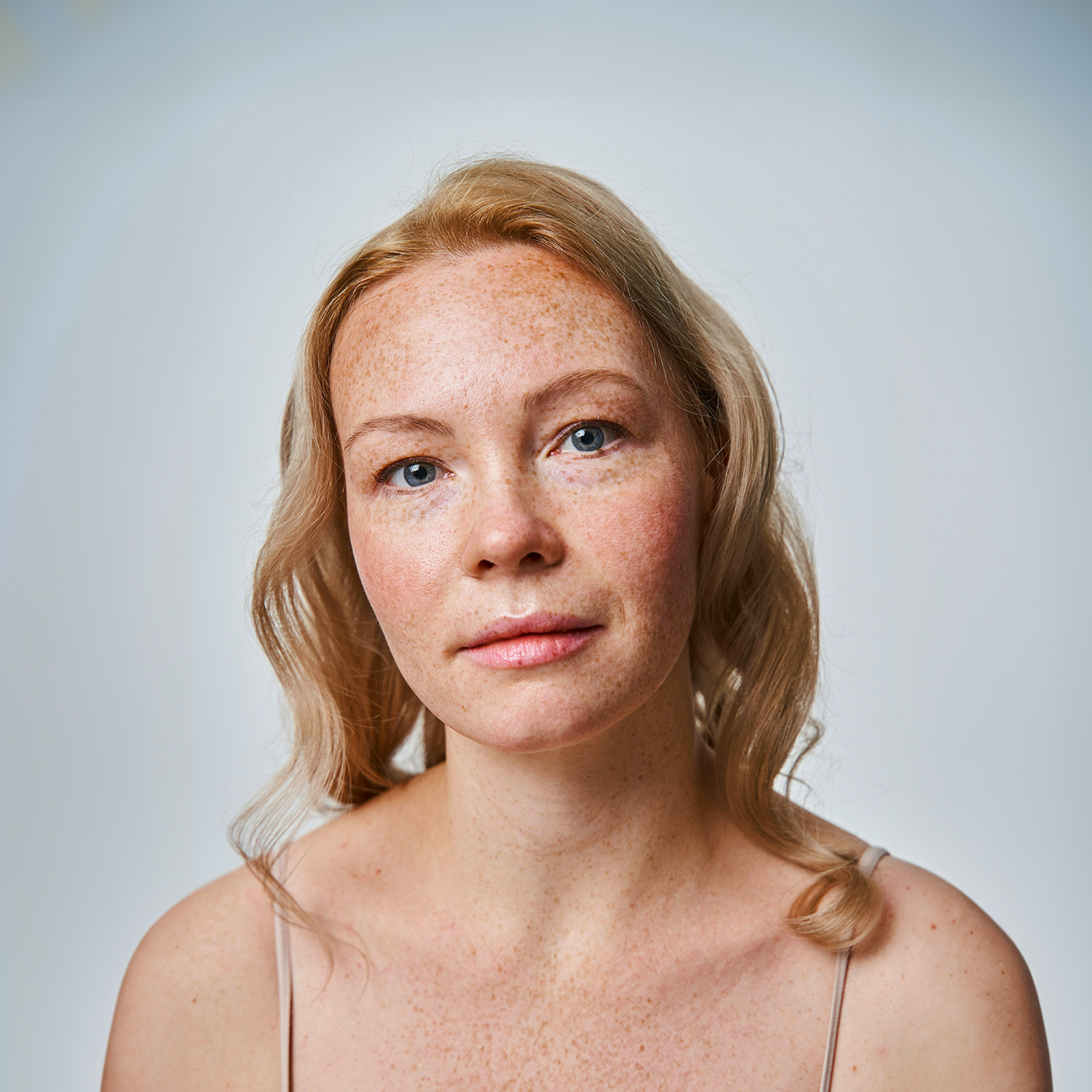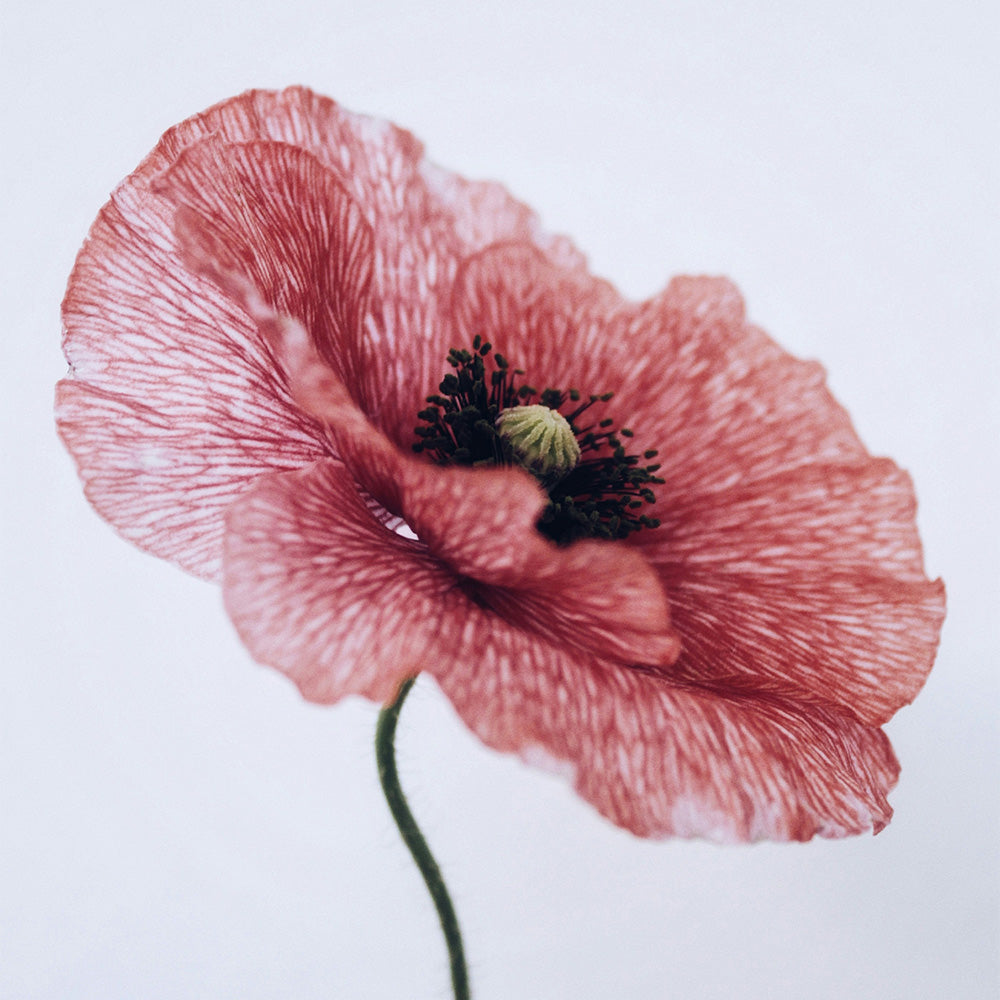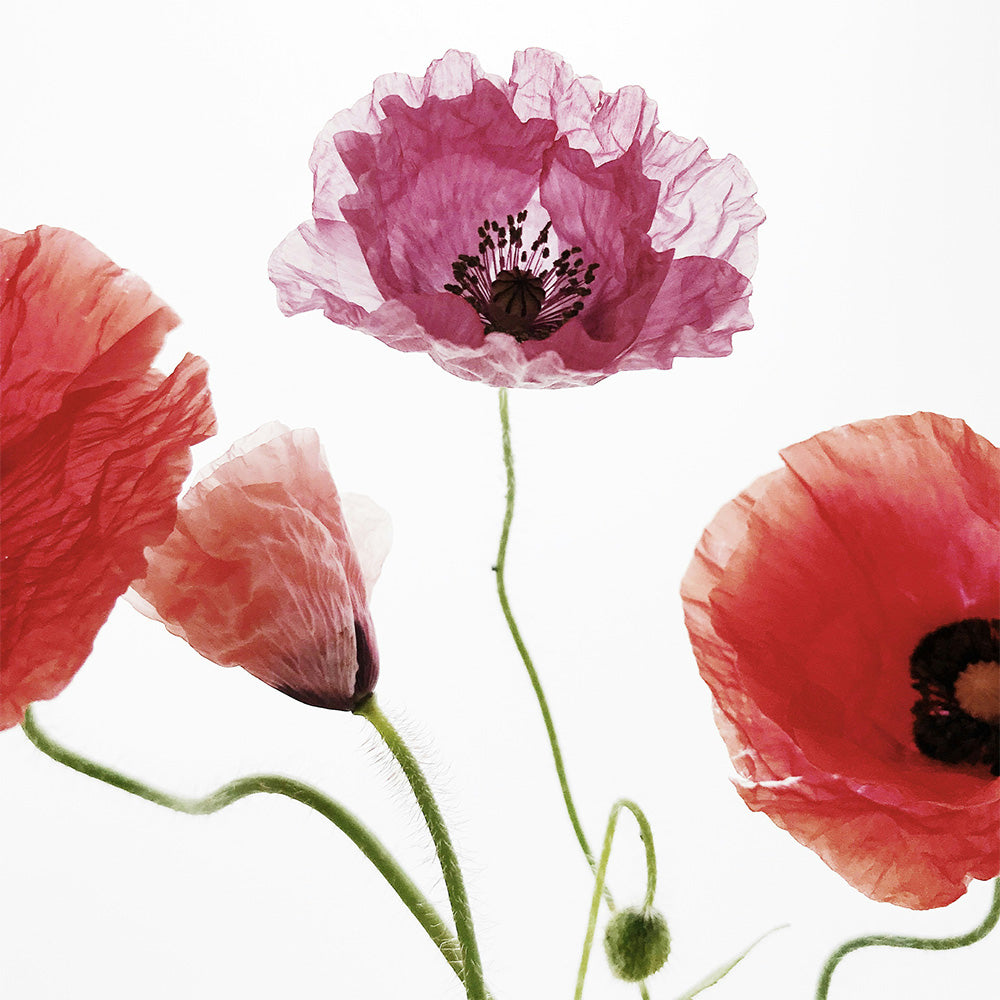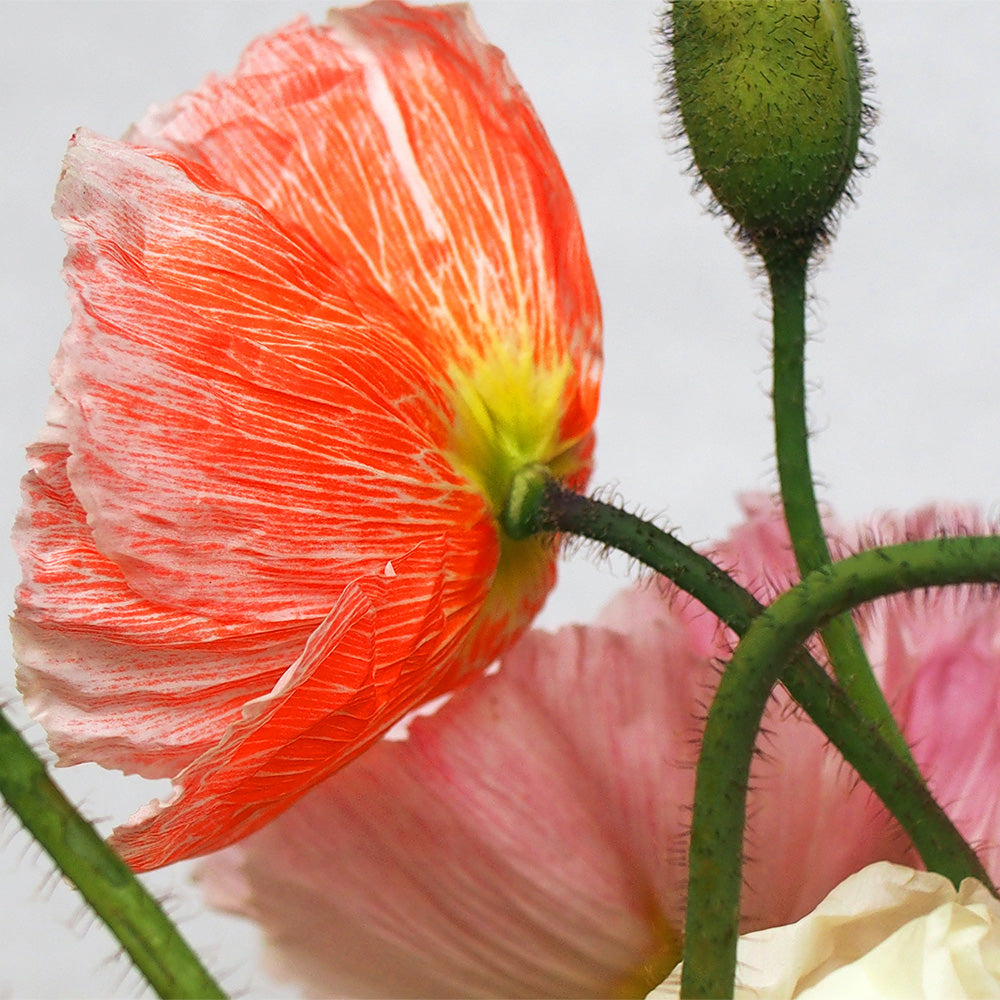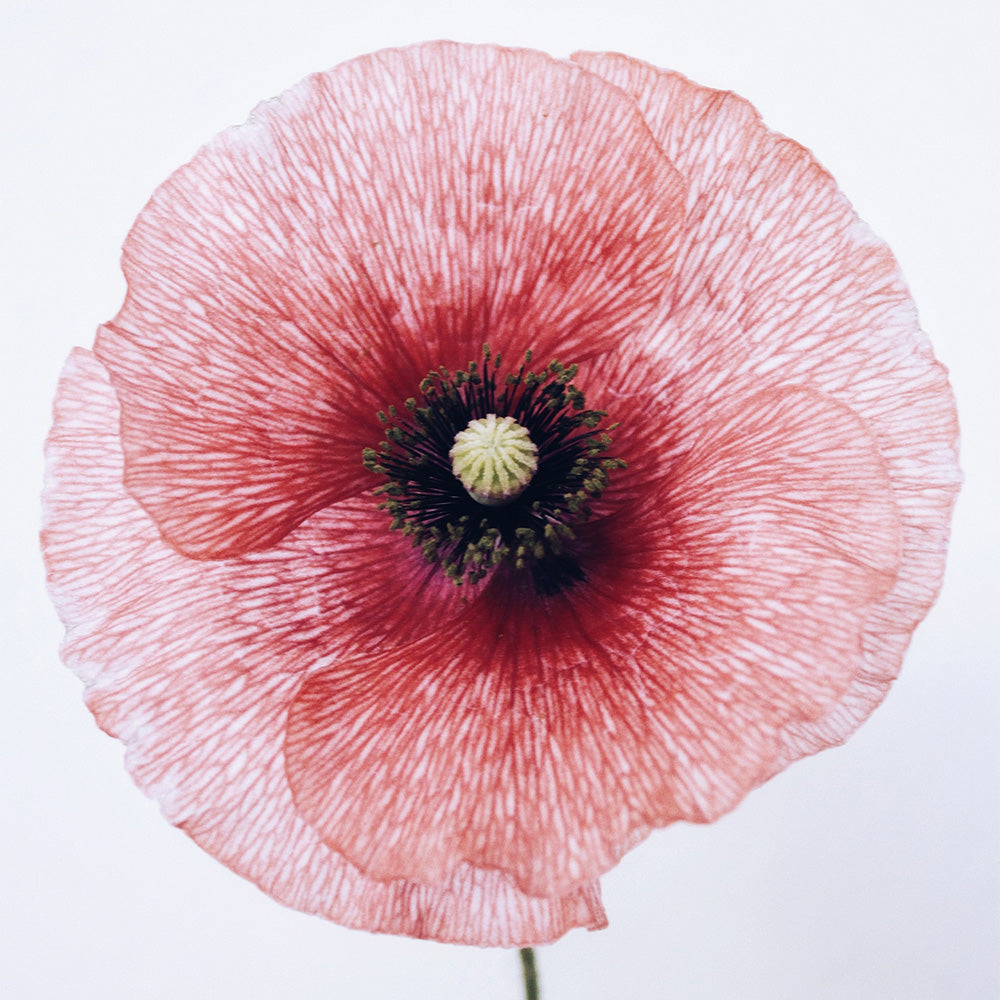
The Journey of Hormonal Balance: PMS to Menopause & Beyond
As a woman and a healthcare practitioner, I've seen countless women struggle with hormonal imbalances, and I'm here to tell you that there's hope beyond PMS and menopause symptoms. Through my years of experience with acupuncture and Chinese herbal medicine, I've discovered powerful tools to support women's hormonal health.
I remember wanting to write a book about hormones nineteen years ago, postpartum depression having dumped me on the threshold of motherhood with the thought, “What the fuck just happened to me?” I felt like a rag thrashed around by a bored Rottweiler. I am fine; the baby is fine. She is off to college and seemingly thriving.
Nonetheless, the experience left an imprint on my psyche and the theme of hormones occupies my mind more and more, as friends and clients are begging for help with anxiety, sleepiness, night sweats, and no libido associated with a 40+ life. There is also a significant historical lack of investment in women's health research, which has resulted in medical gaps.
Key Highlights
- Hormonal changes affect women throughout life, from puberty to menopause and beyond
- PMS symptoms can be managed with targeted strategies and lifestyle adjustments
- Menopause brings challenges but also opportunities for renewal and self-discovery
- The Chinese medicine concept of "Second Spring" offers a positive perspective on menopause
- Acupuncture and Chinese herbal medicine can effectively support hormonal balance
- Simple lifestyle changes in diet, exercise, and sleep can significantly impact hormonal health
Women and Hormones Beyond PMS
I can’t help but think that we are such a strange brew of intermingling chemicals that can make us feel OK or just plain crappy. While moments like pregnancy and menopause are colossal hormonal events, we have monthly ones for 38 years of our lives. For the woman with no pregnancies, that’s about 500 menstruation cycles, 1,756 days, or 4.8 years of bleeding. It’s the time it would take to trek on foot from Capetown, South Africa to Magadan in Russia three separate times! (This is assuming you walked eight miles a day with no days off.) No wonder we are fucking tired!
Some women might sail through 500 some-odd cycles without a snare, but I have never met one. For most women, a collection of symptoms is the norm, like low abdomen pain, low back pain, diarrhea, constipation, breast tenderness, headaches, tight neck and shoulders, fatigue, a compulsion for carbs, and maybe a need to bitch someone out. For others, swings of anxiety and depression can be part of the picture, too.
What can we do?
In my almost 20 years in Chinese medicine, I can say that acupuncture and Chinese herbal medicine are a big help in the menstrual cycle. Clients who struggle with PMS will be best served by having acupuncture treatments around ovulation. Then, the week afterward to head off symptoms and perhaps take herbal supplements that can be prescribed if appropriate.
Monster in the Closet: The Big M
Chinese medicine is very helpful in managing the symptoms of menopause, from weight gain to anxiety, hot flashes, night sweats, and low libido to vaginal dryness. It’s a bit of a roll call of don’ts, but with a happy heart, it’s great to move forward and, if possible, reframe.
Cultural Significance of Menopause
Sadly, we live in a culture that may not respect women and certainly does not revere older ones. That’s not to say we can’t revere ourselves. Are there other ways to think about women and women who are not reproductively viable? Yes & yes. Let’s talk about the Second Spring.
Second Spring
The Chinese refer to a woman’s midlife transition as her Second Spring. Thanks to traditional Chinese medicine’s simple, natural techniques, the second half of a woman’s life is a flowering of feminine potential rather than a physical and mental decline. It represents the renewal of energy and opportunities as there is a shift from fertility and reproduction and caregiving to conserving and nourishing the self. It’s about time. Someone once said it’s the time to be a queen, which is good news because I was thinking the Cinderella thing should come to an end. 😉
Lifestyle Updates for Perimenopause and Menopause
The Second Spring is about a release from 1700 days of bleeding since menarche, which is the age at which a girl first gets a period. For women who suffered greatly, this is freedom! Here are 12 lifestyle ideas to help, too.
-
Give your body adequate rest. Burning the candle at both ends rapidly consumes blood and fluids.
-
Eat nutritious meals at regular intervals, incorporating real food and removing all processed foods.
-
Ensure that your meals are cooked and warm (broths, stews, and leafy greens are great!) to support digestion. This means fewer salads and raw and icy foods as they are cold and take more energy to digest. The body will need to work harder to produce more heat to counterbalance the cold, leading to less moisture circulating throughout the body.
-
Avoid excessive alcohol consumption, smoking, greasy foods, and hot, pungent spices such as chilies, peppers, and garlic. These can be very stimulating and dry up the body’s fluids.
-
Avoid refined carbs.
-
Incorporate gentle to moderate movement every day.
-
Give yourself time to nurture your emotions: Allow all feelings and emotions to be there, as they are all expressions of Qi
-
Notice your feelings and find outlets to express them. This might be through movement, breathwork, meditations, hobbies, or community.
-
Look at ways to do less of what you don’t want to do. Or explore what you truly love doing and add more of this to your day.
-
For some, this may not necessarily look like adding things in, but asking, ‘What are you taking out and letting go of?’
-
Listen to your body as it is constantly communicating with you.
-
Herbs and acupuncture can help you get there, too! What I love about Chinese Medicine is that it works so well to help support this transition by naturally harmonizing the hormones and addressing the underlying issues from the ground up. In a consultation, we use Chinese herbal medicine, acupuncture, and lifestyle advice to help you.
Understanding Hormonal Imbalance in Women
Hormonal imbalances in women can feel like a never-ending rollercoaster ride, with unexpected twists and turns that can leave you feeling out of control. One of the most notorious culprits in this hormonal havoc is premenstrual dysphoric disorder (PMDD). Imagine PMS on steroids—PMDD is a severe form of premenstrual syndrome that affects millions of women worldwide, causing emotional and psychological distress that can be downright debilitating.
Research has shown that hormonal imbalances, particularly fluctuations in estrogen and progesterone levels, play a significant role in the development of PMDD. These hormonal shifts can lead to a drop in serotonin levels, the brain’s feel-good chemical, resulting in symptoms like irritability, anxiety, depression, and sudden mood swings. It’s like your brain’s serotonin factory goes on strike right when you need it the most.
But the fun doesn’t stop there. PMDD can also bring along a host of physical symptoms, including fatigue, joint and muscle pain, and changes in appetite and sleep patterns. It’s like your body and mind are conspiring to make the premenstrual phase of your menstrual cycle as challenging as possible.
Selective serotonin reuptake inhibitors (SSRIs) are often prescribed to help manage PMDD symptoms by boosting serotonin levels and alleviating emotional distress. However, there’s still much we don’t understand about the underlying causes of PMDD, and more research is needed to develop effective treatments.
Unfortunately, disorders specifically affecting women, like PMDD, have been historically understudied and underfunded. This lack of research has led to a gap in our understanding of these conditions and their treatments. Reproductive mental health has been neglected for far too long, and many healthcare providers lack the training and awareness needed to diagnose and treat PMDD effectively.
The Diagnostic and Statistical Manual (DSM-5) recognizes PMDD as a psychological condition, which is a step in the right direction. However, raising awareness about PMDD is crucial to reduce stigma and promote early diagnosis and treatment. Mental health therapists play a vital role in this process, and it’s essential to provide them with the necessary training and resources to address PMDD and other reproductive mental health conditions.
Medical and nursing schools must also prioritize education on reproductive mental health to ensure that future healthcare providers are equipped to meet the unique needs of women with PMDD. By advancing women’s health research and innovation, we can better understand the causes of PMDD and develop effective treatments to improve the lives of millions of women worldwide.
Hormonal imbalances in women can have a profound impact on mental health, and PMDD is a condition that demands attention and awareness. By prioritizing research and education, we can pave the way for better understanding and treatment of PMDD, ultimately improving the quality of life for women affected by this challenging condition.
Understanding Premenstrual Disorders and Premenstrual Dysphoric Disorder
Premenstrual disorders, including premenstrual syndrome (PMS) and premenstrual dysphoric disorder (PMDD), are significant psychological conditions recognized in the DSM-5 that affect millions of women worldwide. Premenstrual dysphoric disorder affects approximately 5% of people who menstruate, highlighting the severe and life-altering symptoms that can lead to significant periods of disability. Imagine dealing with a rollercoaster of physical, emotional, and behavioral symptoms every month—sounds exhausting, right? While PMS is a common condition that affects up to 75% of women, PMDD is a more severe form of PMS. These disorders specifically affecting women can make the premenstrual phase of the menstrual cycle feel like an uphill battle. Understanding the causes, symptoms, and treatment options for premenstrual disorders is essential for improving the quality of life for women affected by these conditions. So, let’s dive into what makes these conditions tick and how we can better manage them.
Diagnosis and Treatment with Selective Serotonin Reuptake Inhibitors
Diagnosing premenstrual disorders can be like trying to solve a puzzle with pieces that keep changing shape. The symptoms can vary in severity and often mimic other conditions, making it a tricky task. Tracking symptoms over multiple menstrual cycles is crucial for an accurate diagnosis. Healthcare providers must also address mental health emergencies, especially as they relate to conditions like PMDD, where the emotional and psychological turmoil can lead to severe consequences. A comprehensive diagnosis involves a thorough medical history, physical examination, and sometimes laboratory tests to rule out other conditions.
The Diagnostic and Statistical Manual (DSM-5) provides criteria for diagnosing PMDD, which includes at least five symptoms, with one or more being emotional or mood-related, occurring during the premenstrual phase of the menstrual cycle. Treatment options for premenstrual disorders are as varied as the symptoms themselves. Lifestyle changes, such as regular exercise, a healthy diet, and stress management, can make a world of difference. Medications like selective serotonin reuptake inhibitors (SSRIs) and hormonal birth control can also be effective in managing symptoms. It’s all about finding the right balance for your body and mind.
Managing PMS Symptoms and Improving Quality of Life
Managing symptoms of premenstrual disorders requires a multi-faceted approach that incorporates lifestyle changes, self-care strategies, and medical treatment. Think of it as assembling a toolkit for your well-being. Keeping a symptom journal can be incredibly helpful in tracking your symptoms and identifying patterns, including common physical symptoms like joint or muscle pain, breast tenderness, and bloating. PMS symptoms are a collection of physical and emotional changes that occur cyclically in the weeks leading up to menstruation. Regular exercise, stress-reducing techniques like yoga or meditation, and getting adequate sleep can work wonders in alleviating symptoms. Don’t underestimate the power of support—mental health therapists, support groups, or even online communities can provide much-needed emotional support and connection. By taking a proactive approach to managing symptoms, women with premenstrual disorders can improve their quality of life and reduce the impact of these conditions on their daily lives.
Navigating Menopause and Beyond
Menopause is a significant life transition that can affect women with premenstrual disorders in different ways. For some, it might feel like a relief, while for others, it could bring new challenges. Understanding the impact of menopause on premenstrual disorders is essential for women to navigate this transition effectively. Discussing your symptoms and treatment options with your healthcare provider is crucial. Seeking support from mental health therapists or support groups can also be incredibly beneficial. By prioritizing your physical and emotional health, you can navigate menopause and beyond with confidence and resilience. Remember, this is your Second Spring—a time for renewal and self-care.
Long-Term Health Considerations
Premenstrual disorders can have long-term health implications, including an increased risk of depression, anxiety, and other mental health conditions. Women with premenstrual disorders are also at risk of developing chronic pain conditions, such as fibromyalgia, and sleep disorders. These conditions can affect your relationships, work, and daily activities, leading to a decrease in quality of life.
By prioritizing your physical and emotional health, you can reduce your risk of long-term health complications and improve your overall well-being. Researches premenstrual disorders are ongoing, and advances in women’s health research and innovation are essential for improving our understanding and treatment of these conditions.
What's Next?
I believe that this phase of life isn't about decline, but rather renewal and self-discovery. My goal is to help you embrace these changes and find balance, no matter where you are in your hormonal journey.
Whether you're dealing with mood swings, hot flashes, or simply seeking overall wellness, I'm here to guide you towards a more balanced, vibrant you. Let's move beyond PMS and explore the path to hormonal harmony together. Stay informed and proactive about your health—your future self will thank you.
